Fertilizers enrich the ground with a multitude of elements necessary for plants, receiving which plant cultures are fully developed, strengthen and acquire the ability to resist various diseases. This is especially true for plants developing in room conditions. They do not have the ability to obtain a significant amount of useful components, for this reason it is extremely important to feed them with fertilizers. The desired formulations can be found on sale, and can be made independently. In addition, the raw material necessary for this is more than affordable and will be found in every home.
Raw materials for household fertilizers
As raw materials for fertilizers, such organic waste is perfectly suitable as:
- eggshell;
- banana skins;
- purification from fruits and vegetables. It may be waste from carrots, potatoes, onions, apples, cabbage.
It is not necessary to use citrus cleaning, since as a result of their use, the level of soil acidity is excessively rising.
As a fertilizer, you can also use brewed tea, coffee, vegetable oil, as well as nettle. Tea welding attracts different insects, so it should only apply when transplanting. At the bottom of the flower pot laying a layer of clay, then welding, from top to which the ground. For plants that require acidic soil for growth, coffee thick is suitable as a fertilizer.
Fertilizers photo:
Production rules
The organic composition based on the eggshell is the most versatile and easy to manufacture. 92% of the egg shell is calcium carbonate. This element is absorbed by vegetable cultures in full. Also, this fertilizer contains up to 3% magnesium carbonate, 2% phosphates and 3% of organic elements. Step-by-step instructions How to make fertilizer looks like this:
- It will take 3 liter capacity, it can be a regular bank that is filled with a shell by 2/3.
- Next, the shell must be pouring water. It is not desirable for this purpose to use water from under the tap, it is better to take an estate or talu. Melt water is most suitable for plant care. In contrast to tap water, such a liquid does not have an excess of magnesium and calcium salts, as well as chlorine. The water temperature should be at least 30 °.
- Slipped the shell should be defended for 3 days at room temperature.
- After that, the fluid needs to drain and pour the contents of the container again. This procedure should be repeated 3 times.
- Then the shell must be dried and skip through a coffee grinder. The shell chosen in this way is added to the soil in the amount of 2 tbsp. l. raw materials for 1 kg of soil. Such fertilizer should feed the plants that have already managed to grow.
A regular package is suitable for storing the shell. Do not keep it directly in the house, as the shell can over time can elapse. It is better to store it, for example on the balcony.

Fertilizer from vegetable residues
From vegetable waste, you can make a high-quality environmentally friendly compost. To do this, prepare:
- 2 large buckets from kapron material;
- purchased soil;
- solution of microorganisms;
- plastic bags;
- grille;
- spray.
By purchasing soil, you should pay attention to the amount of peat in it there are fewer the remaining components. If there is no lattice, it can be replaced with plastic bottles, the upper and lower parts of which must be cut. Bottles will need 5 pieces.
The process of manufacturing the fertilizer does its own hands in such a sequence:
- First of all, the bottom of the bucket must be installed.
- Next is inserted by a trash package. Its bottom must be preloaded in 3 places. Thus, there will be no contact with the bottom of the bucket, and the liquid will be drained through the holes.
- Next, the bucket is filled with cleaning. They should be placed layers with a thickness of 3 cm. Each of the layers is moistened with a solution of microorganisms by means of a spray.
- After the bucket is filled with a package, you should closer tightly, squeeze air and put on top of some cargo.
- Liquid that will flush on the bottom, you can water the plants. For this, a solution is made of 1 tsp. This liquid and 3 liters of water.
Store home-made fertilizers need to be warm throughout the week. This composition does not make odors, so it is possible to keep it in a residential room. Upon expiration of the required term, the compost mass is shifted from one bucket to another. In the process of shifting fertilizer needs to be suspended. Now the compost should withstand 2 weeks at a temperature of a bit above zero. It is possible to determine the readiness of fertilizer by its structure, it must be crumbly.
Compost based on banana peel
Organic composition based on banana skins is a source of potassium and nitrogen. Such fertilizers according to the characteristics are very universal and are suitable both for feeding home plants and farm crops. The manufacturing process is as follows:
- The peel first needs to be dried. To do this, they can be put on the battery.
- Dried skins should be stored in a paper bag. You can use them in two ways:
- on this raw material is made infusion;
- the skins are grinding on the coffee grinder and sweep into the ground. But you need to make them in the lower layers of the soil, since the skins can mold on the surface.
Ash for soil fertilizer
At home, you can also get such fertilizer as an ash. It prevents the emergence of fungal diseases in plants and enriches the soil by trace elements. For cooking, the branches of deciduous trees will be required. You can easily find them in the park. Then you need to do such actions:
- Initially, the branches need to be dried in the oven, after them should be broken into small parts.
- The foil is placed in the bucket, to which a small amount of material is laid out. You can add pieces of bark to them. Bucket for this purpose you need to take iron without enameled coating.
- The branches are ignited, the rest are gradually added. It is not worth noting all the raw materials at once, it will provoke a strong flame.
- After the tree will progrit and coal cooled them, they need to grind and on this fertilizer is ready for use.
Natural fertilizer
It enriches well and restores soil infusion based on nettle. For its cooking you need:
- Take 100 g of this plant and pour 1 l of water.
- If fresh nettle is not available, you can use dried raw materials. But in this case, nettle will need less - 20 g.
- The solution is insteaded during the day in a closed container, after which the infusion is ready for use.
Impact of organic fertilizers on the ground
Forming organic origin contains micro and macroelements necessary for full growth of plants and in the proportions required for them. The basis of such fertilizers is vegetable products that have been recycled. But these fertilizers are not recommended to be used in pure form, it can lead to a root burn burn. In order for the plants to get maximum benefit from organic substances, before use, they should be mixed with wood trough, husk, straw or diluted with water.
When entering the soil, organic substances enrich its structure necessary elements. These elements include:
- Nitrate nitrogen, which requires a plant for the development of stems and leaves. For a full absorption of nitrogen, a sufficient number of potassium is needed, which also enters the soil from the fertilizer data.
- Thanks to the presence of potassium stems in the process of its development become strong, and the plant brings high-quality fruits.
- Plant's ability to withstand various diseases provides phosphorus. It is also necessary for the growing root system and flowering.
- In order for the plant does not absorb nitrogen greater than the required norm in the soil, the presence of calcium is necessary, which in addition to it provides the speed of root development.
- Also, organic substances are sources of such important elements as copper, magnesium and iron, the lack of which is the cause of plant disease.
Preparation of mineral fertilizers at home
Independently you can prepare fertilizers of mineral origin. Components for them are on sale in any specialized store. For flowering plants, the composition is prepared from the following ingredients:
- 1.5 g of superphosphate;
- 1 g of potash salt;
- 1 g of ammonium sulfate per liter of water.
For deciduous plant crops, it will be necessary:
- 0.5 g of superphosphate;
- 0.1 g of potash nitrate;
- 0.4 g of ammonium nitrates also per liter of water.
Watering is needed with periodicity 1 time per week.
Recommendations for making
Facely plants needed 1 time after germination, then 2 times during the flowering period and ripening of fruits. In the future, it is necessary to focus on the appearance of the plant. If he is unhealthy, this is an indication for making feeding.
Conclusion
For full growth, plants need nutrients that enter the ground with fertilizers. You can prepare such feeding on your own from the available components. Regular introduction to the soil of home fertilizers will enrich the soil with a sufficient amount of useful elements and get healthy, strong plants.
How to make fertilizers - video instructions:

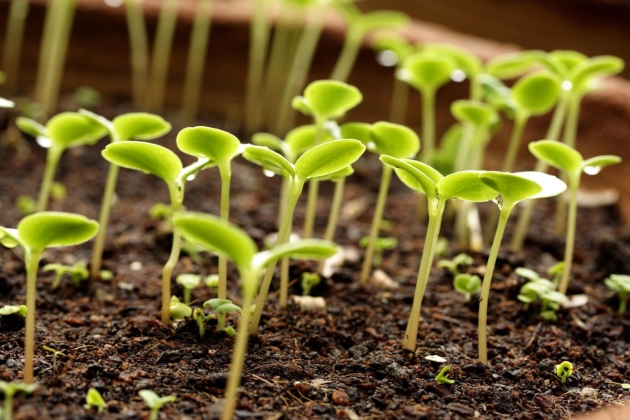
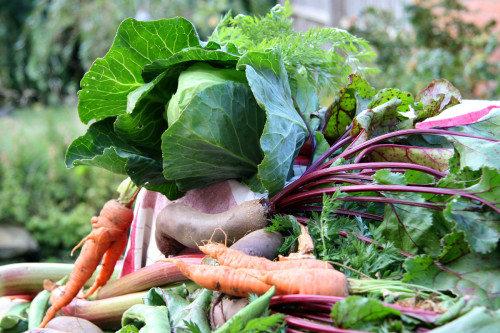
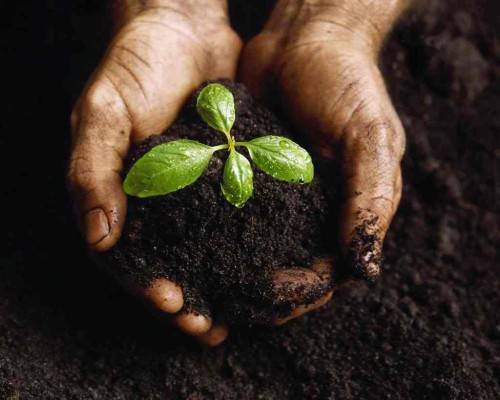
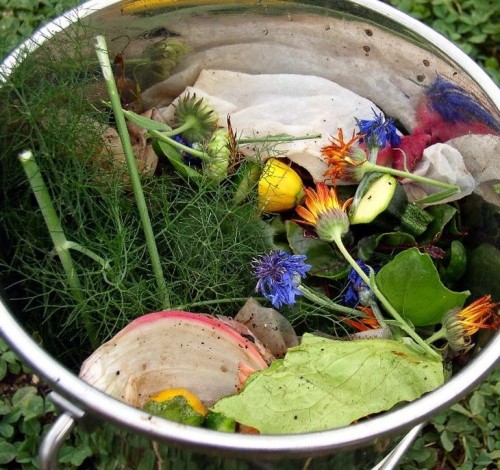
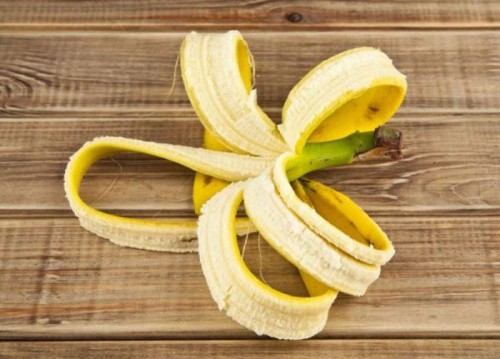
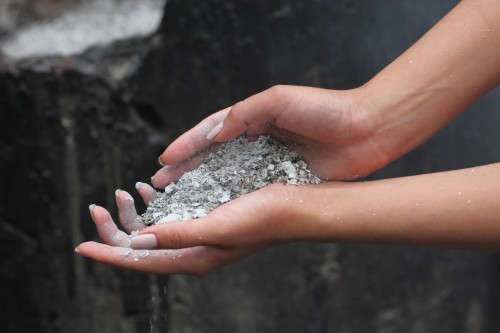
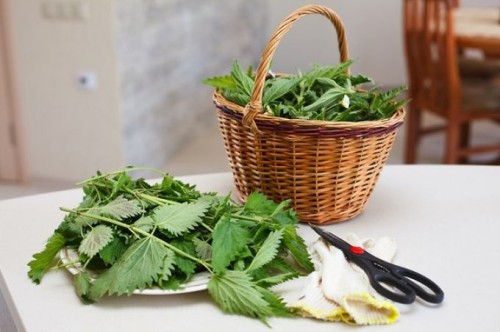

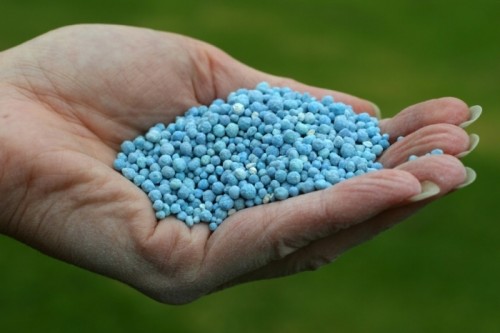
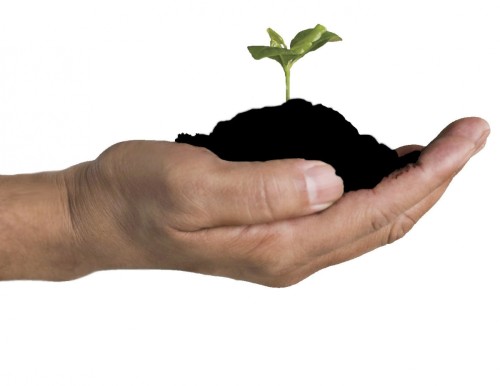
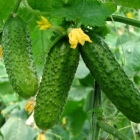
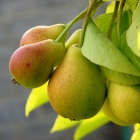
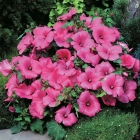
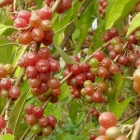
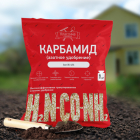
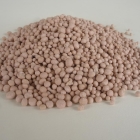
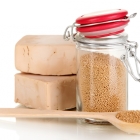

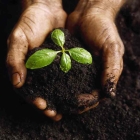
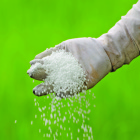
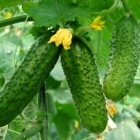
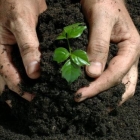
 Start a discussion ...
Start a discussion ...